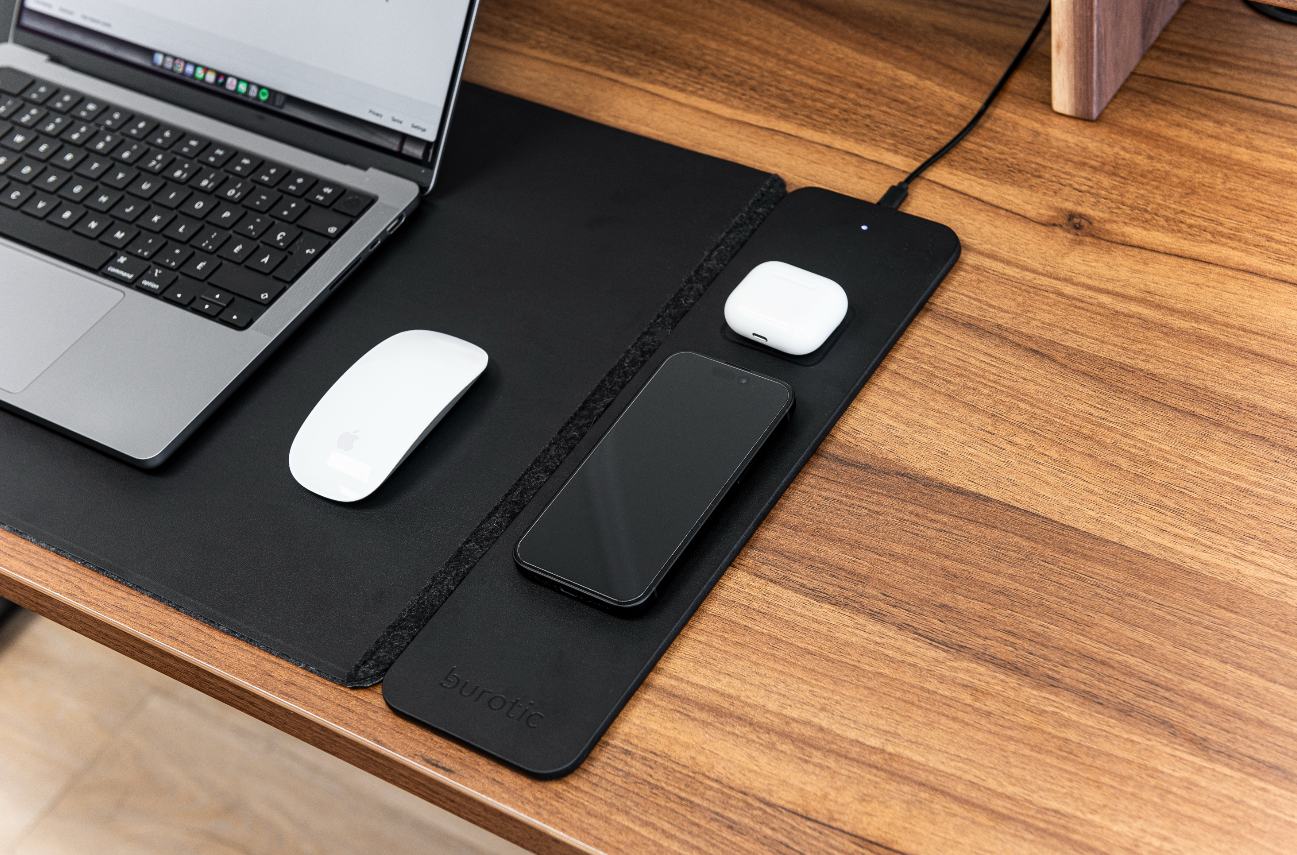The Impact of Natural Light on Productivity in the Office
When it comes to designing a productive and efficient workspace, natural light is often overlooked as a key factor. However, the presence of natural light in an office can have a significant impact on employee productivity, mood, and overall well-being. In this article, we'll explore the various ways in which natural light can benefit the office environment and how to incorporate it into your workspace design.
The Benefits of Natural Light in the Office
Natural light has been shown to have a number of benefits in the office setting, including:
- Improved mood and well-being: Natural light has been linked to increased feelings of happiness and overall well-being. This is because it helps regulate the body's production of serotonin, a hormone that plays a role in mood and sleep.
- Increased productivity: Studies have shown that employees who work in spaces with access to natural light tend to be more productive than those who work in spaces without it. This could be because natural light helps to reduce fatigue and improve cognitive function.
- Improved sleep quality: Natural light can also help regulate the body's internal clock, or circadian rhythm, which plays a role in sleep quality. Exposure to natural light during the day can help improve sleep at night, while lack of natural light can disrupt the body's internal clock and lead to poor sleep.
- Reduced eye strain: Natural light can also help reduce eye strain, which is a common complaint among office workers who spend long hours in front of a computer screen. This is because natural light is easier on the eyes than artificial light, which can be harsh and jarring.
Incorporating Natural Light into the Office
So, how can you incorporate natural light into your office design? Here are a few ideas:
- Choose a location with plenty of natural light: When selecting a location for your office, consider factors such as the availability of natural light. Spaces with large windows or skylights are ideal, as they allow natural light to flood the room. You might also consider installing windows in areas where natural light is scarce.
- Use reflective surfaces: Reflective surfaces, such as mirrors and light-colored walls, can help bounce natural light around the room, making it feel brighter and more open. This is especially useful in spaces with limited natural light.
- Utilize glass partitions: Glass partitions, such as walls and doors, can help bring natural light into areas that might otherwise be cut off from it. They also create the illusion of a more open and airy space.
- Add plants: Not only do plants add a touch of nature to the office, they can also help improve air quality and reduce stress. They can also help to absorb excess light and reduce glare on computer screens.
Considerations for Incorporating Natural Light
While the benefits of natural light are clear, there are a few considerations to keep in mind when incorporating it into your office design:
- Glare: While natural light is generally easier on the eyes than artificial light, it can also cause glare on computer screens and other reflective surfaces. To reduce glare, you might consider installing blinds or shades, or positioning desks and other work surfaces away from windows. You might also consider using anti-glare screens on computers and other devices.
- Temperature: Natural light can also affect temperature in the office, especially in spaces with large windows or skylights. In the summer, natural light can make the space too warm, while in the winter, it might not provide enough heat. To mitigate these issues, you might consider installing shades or blinds to block out excess light, or using climate control systems to regulate temperature.
- Privacy: Depending on the location of your office and the size of your windows, natural light might pose a privacy concern. To address this, you might consider installing frosted or tinted windows, or using blinds or shades to block out excess light when necessary.
Conclusion
Incorporating natural light into the office can have a number of benefits, including improved mood, productivity, and sleep quality. It can also help reduce eye strain and create a more open and welcoming atmosphere. By choosing a location with plenty of natural light, using reflective surfaces, utilizing glass partitions, and adding plants, you can bring the benefits of natural light into your office space. Just be sure to consider factors such as glare, temperature, and privacy when designing your space.




The Future of Work: The Benefits and Challenges of Remote Work
Design a Productive and Harmonious Workspace with These Color Psychology Tips